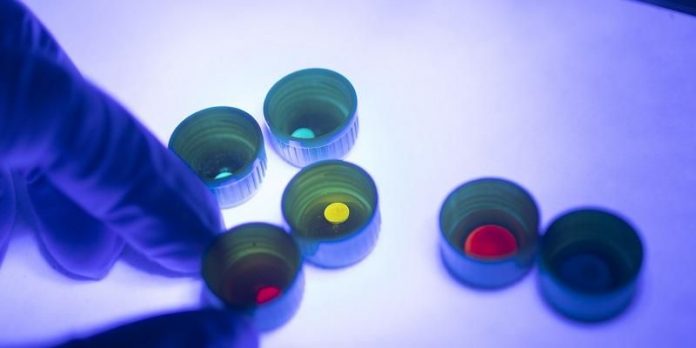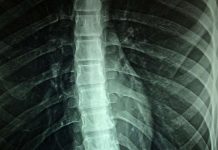Cracked phone screens could become a thing of the past thanks to breakthrough research by a global team of scientists.
Diamond’s electron Physical Science Imaging Centre (ePSIC) was used in a study that has unlocked the technology to produce next-generation composite glass for lighting LEDs as well as smartphone, television and computer screens.
The research was recently published in the journal Science and was carried out by an international collaboration involving scientists and engineers from the University of Queensland, University of Leeds, University of Cambridge and Université Paris-Saclay. The findings will enable the manufacture of glass screens that are not only unbreakable but also deliver crystal clear image quality.
Better LEDs
The study is focused on nanocrystal materials known as lead halide perovskites, which are promising candidates for light emitting diodes. A powerful electron microscope at ePSIC allowed the team to study the structure of this material. The breakthrough has been the ability to stabilise a particular crystal at room temperature.
Dr Sean Collins, University Academic Fellow in the School of Chemical and Process Engineering at Leeds and a member of the research team, said:
Normally, the iodine-containing lead-halide perovskite (CsPbI3) crystal turns into an inactive material at room temperature, and this inactive material does not emit light efficiently. The glass matrix we have developed freezes the bright, active crystal structure and prevents it from deactivating. What is even more exciting is that the glass matrix protects the active material from ambient humidity or damage from heat or light exposure. These are persistent problems with halide perovskite materials. The result is a material that can deliver colour purity for displays and energy-efficient lighting.
Studying material in fine detail
The team used advanced imaging techniques at ePSIC to investigate the light-emitting nanocrystals. It enabled them to see individual nano-sized crystals in the glass matrix and to determine the structure of each crystal (which are 1000th of a hair’s breadth in size).
Principal Electron Microscopist at ePSIC, Chris Allen, said:
One of the big challenges in electron microscopy is how to image samples which are damaged by the incident electron beam. At ePSIC, we’ve been working closely with Dr Collins to develop techniques to study the crystallography of highly beam sensitive materials with nanometre resolution. Using the fast and incredibly sensitive MerlinEM direct electron detector on our E02 microscope combined with a bespoke optical alignment, Dr Collins and his team have pushed the limits of high resolution, low electron dose crystallography, providing unique insights into the structure of this fascinating composite material.
The research used a new type of glass developed at the University of Cambridge which is hard to crack or shatter. At the moment, studies have been restricted to the laboratory, but the researchers hope it would enable a new generation of LEDs to be mounted into very tough glass. The University of Queensland is patenting the technology.
Dr Jingwei Hou, from the University of Queensland, said:
At present QLED or quantum dot light-emitting diode screens are considered the top performer for image display and performance. This research will enable us to improve on this nanocrystal technology by offering stunning picture quality and strength.




